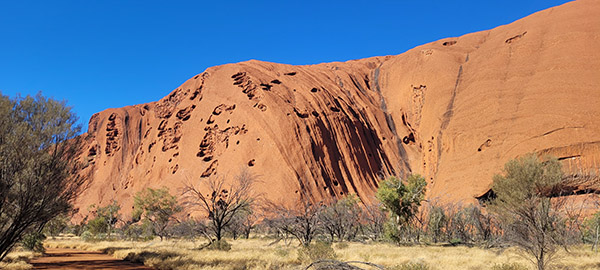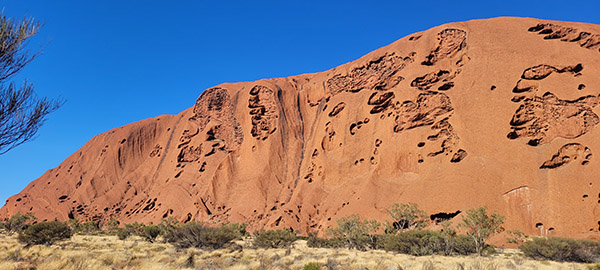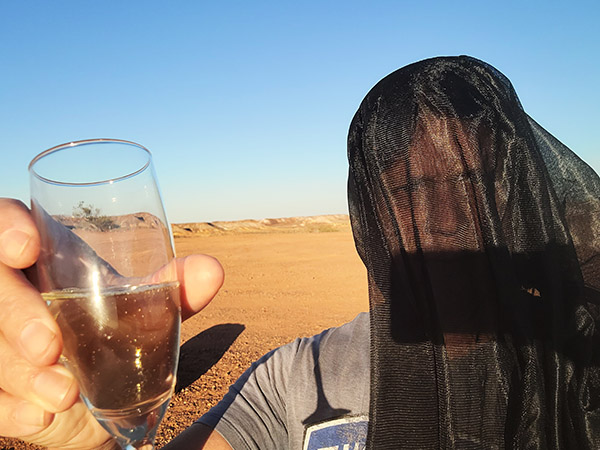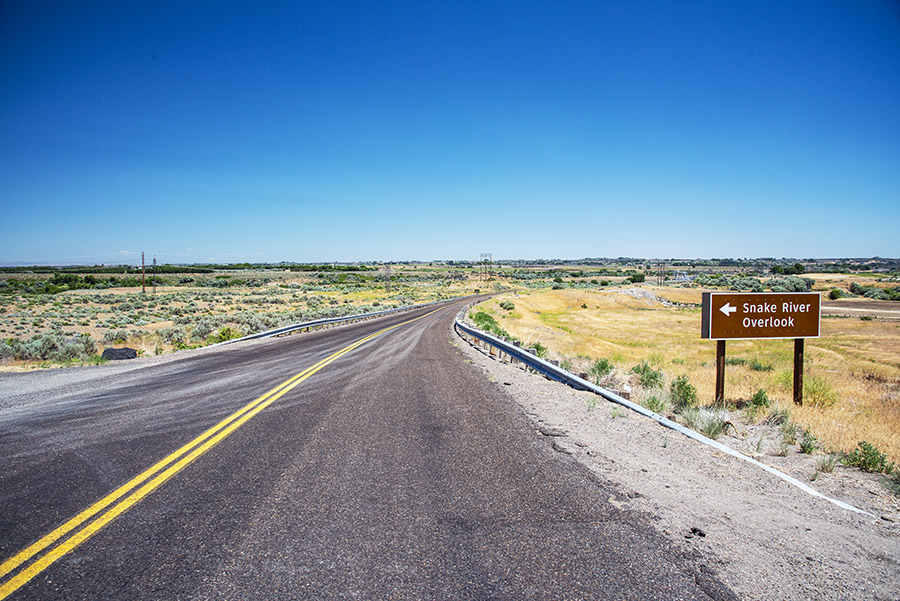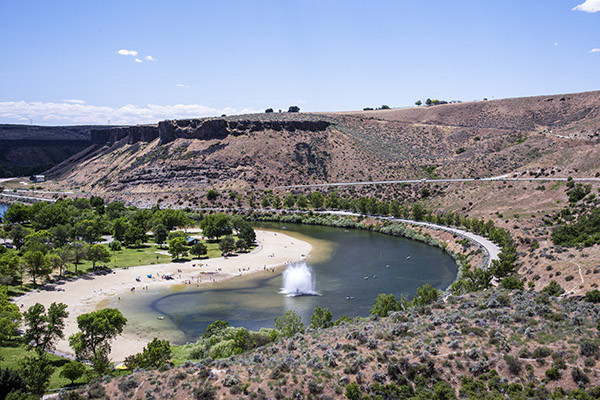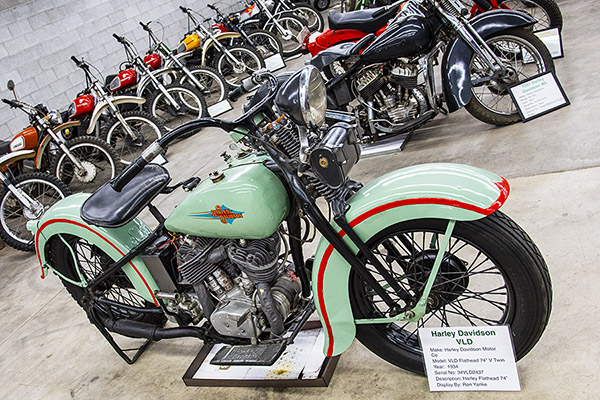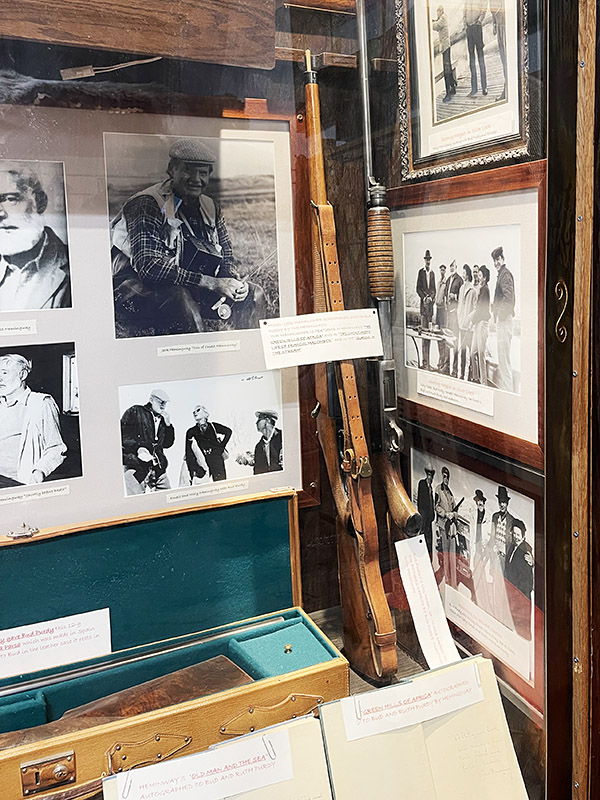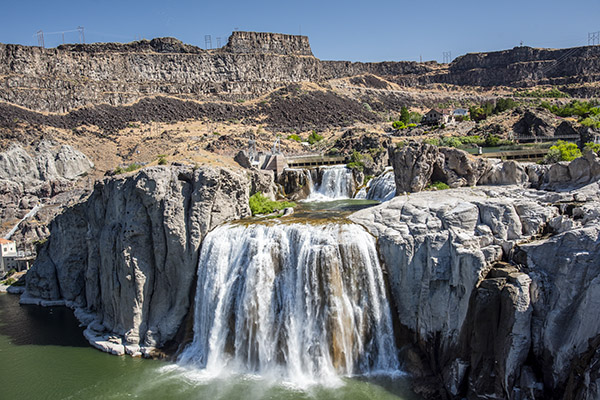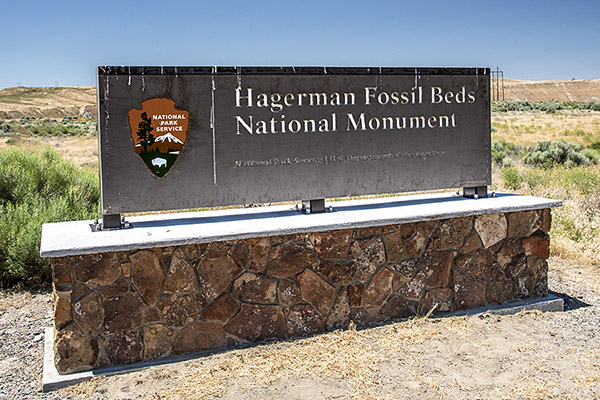By Joe Gresh
I’ve ridden my Yamaha RT1B 360 Enduro for thousands and thousands of miles. The old two-stroke has been across country more than once and I rode it on the Trans America Trail east to west from Kitty Hawk, North Carolina to Port Orford, Oregon. In all that time I never put a dent in the beast known as Godzilla.
It is a fairly easy job to load the light-ish Yamaha into a pickup truck…normally. This time was different. I lost my balance mid-ramp and the Yamaha started to topple over onto me. I was out of position to save the bike, my legs were getting tangled and in that split second I envisioned a broken arm or crushed ribcage. I let the bike go and jumped down to safety. The bike fell to the left; the gas tank smashed into the side of the truck bed and my somewhat pristine Godzilla had a huge dent.

You and I have both heard about the paintless dent repair kits. Amazon had this one for pretty cheap and I thought I’d give it a try.

The kit comes with everything you need, except alcohol (to clean the tank, not drink). After the tank got a good scrubbing with the hooch, I used the included hot glue gun to attach the little puller tabs in places I thought needed to be pulled. The dent was pretty deep and had a crease running diagonally across the tank. I didn’t hold out much hope.

The flimsy plastic puller seemed like it would break at any moment but the thing held up. It was strong enough to yank the pull-tabs.


The kit came with a slide hammer but that tool broke the tabs. I believe the shock load was more than the plastic could handle. You’ll need weld on tabs to use the slide hammer.
Usually the tab would pull off the tank and since the paint on Godzilla is 53 years old the glue removed a bit of paint each time. The kit came with a little spray bottle that you fill with alcohol; the alcohol loosens up the hot glue to allow reuse of the tabs. It took several re-positionings but I managed to get the majority of the dent pulled out.

The creases in the tank are still visible and the tank is far from straight but it’s at least 80% better than it was. From 10 feet away you may not notice the thing is dented. I worked on another egg-shaped dent on the top of the tank that was there when I bought the bike. The paint in this spot was in bad shape so it was hard to get anything to stick.

I ended up sanding the egg-dent to get something firm to attach the pull tab and gave the spot a light dusting of gloss black spray paint. After the paint dried I feathered it in with 600-grit. Again, I got the dent about 80% removed.

I think for minor dents without sharp creases and with fairly new paint stuck firmly to the metal the kit would actually work pretty well. The Z1 has a ding that’s a prime candidate for the dent puller except the dent is right over a stripe decal. I’m sure the tab will lift the decal.
I call the paintless dent removal process a good one. The kit I bought was bottom of the barrel cheap so possibly a better kit would produce better results. I’m happy enough with Godzilla’s tank. After all, it’s a dirt bike and will probably take a few more hits before I shuffle off.
Never miss an ExNotes blog:




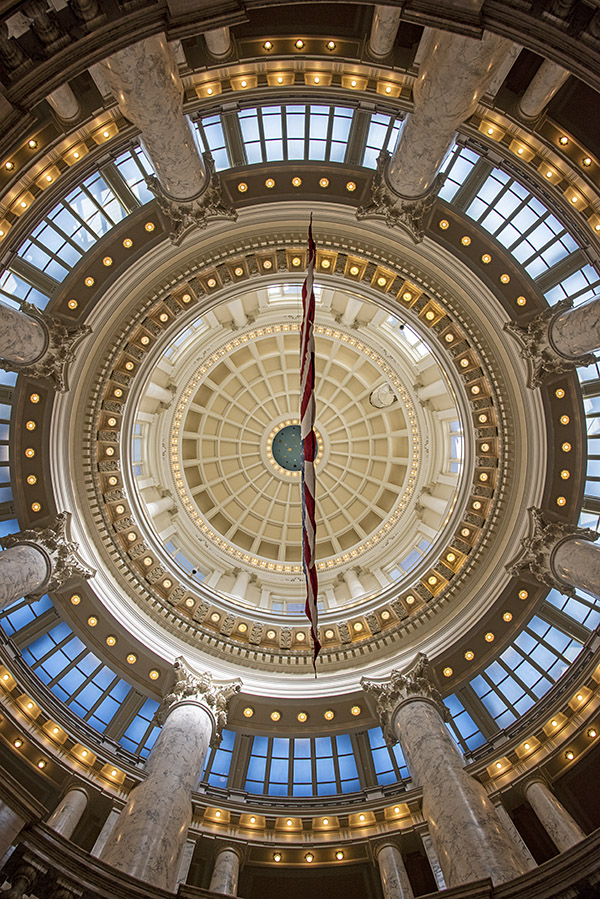
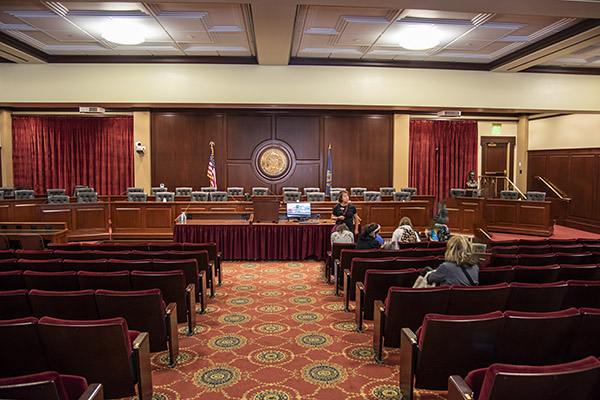

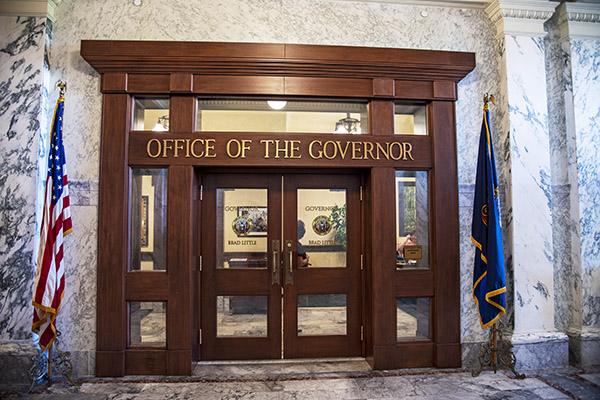
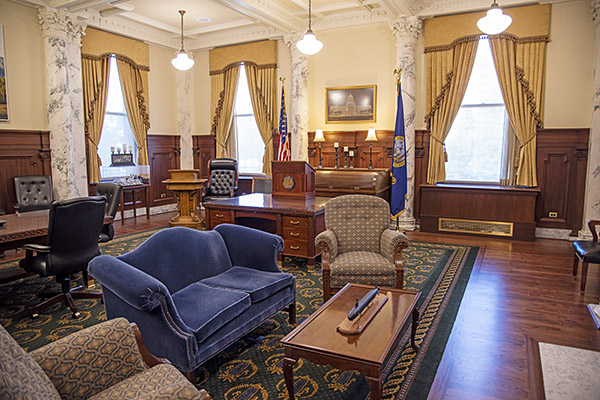


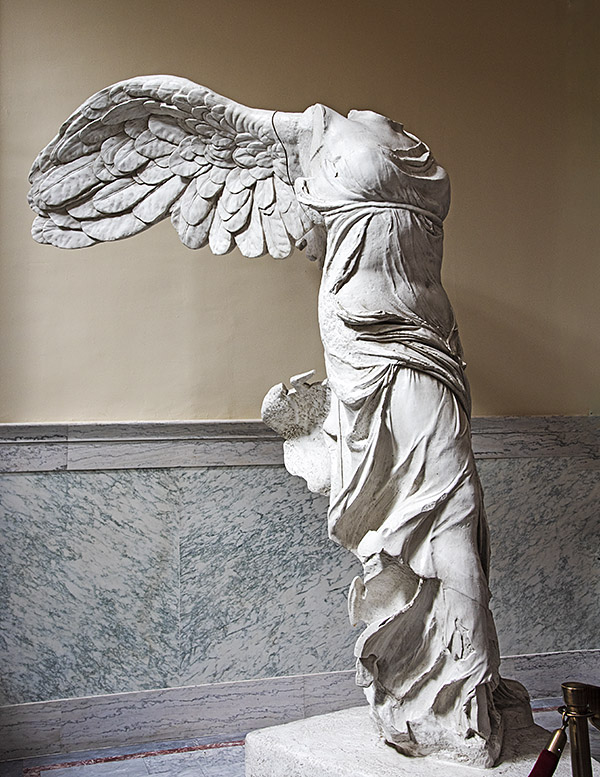
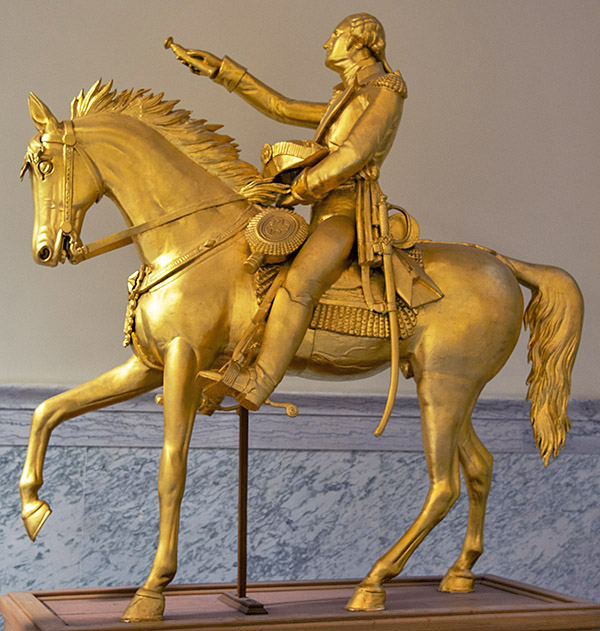
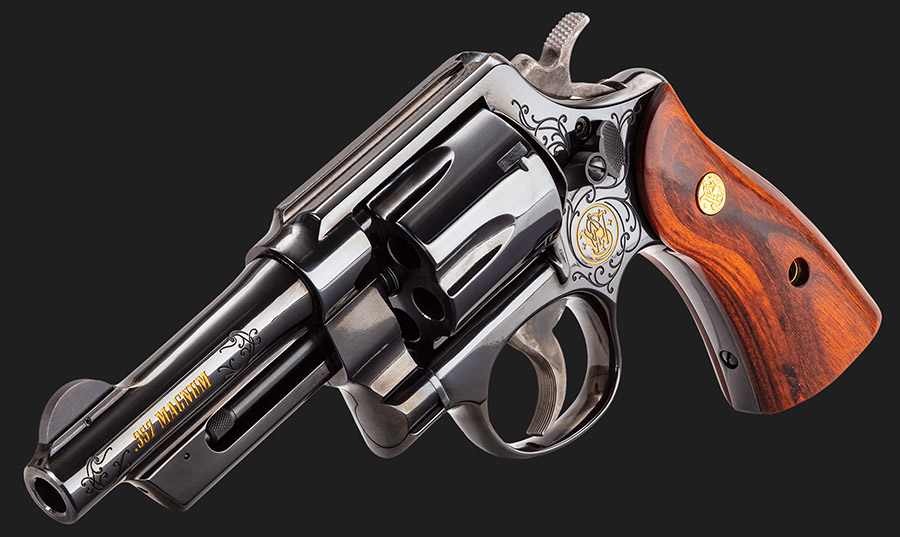
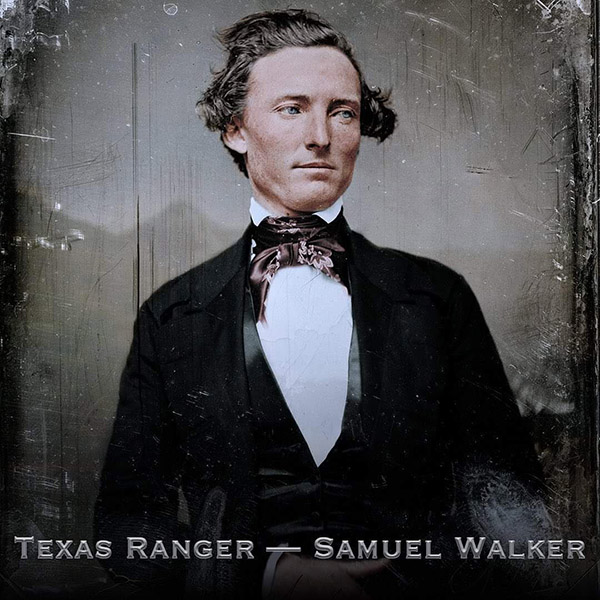
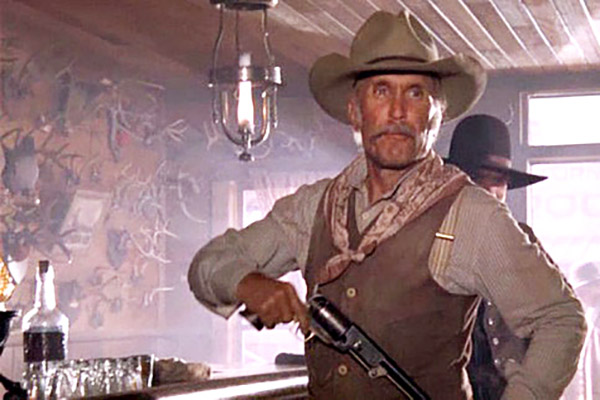
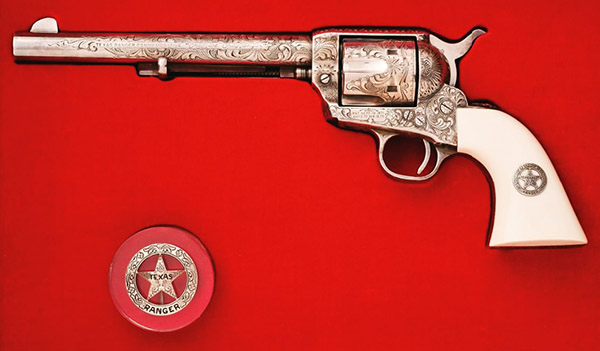
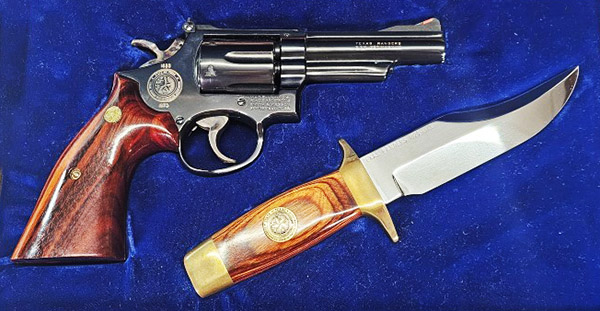
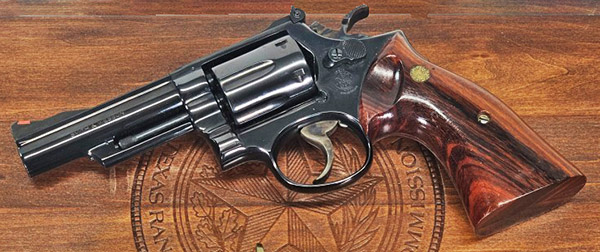
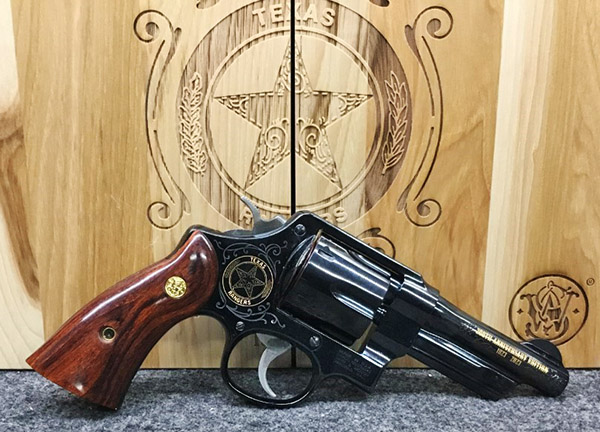
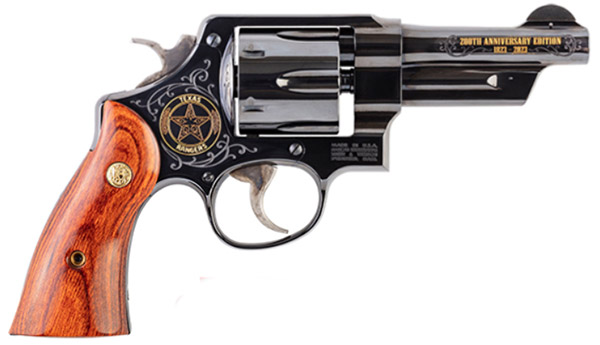

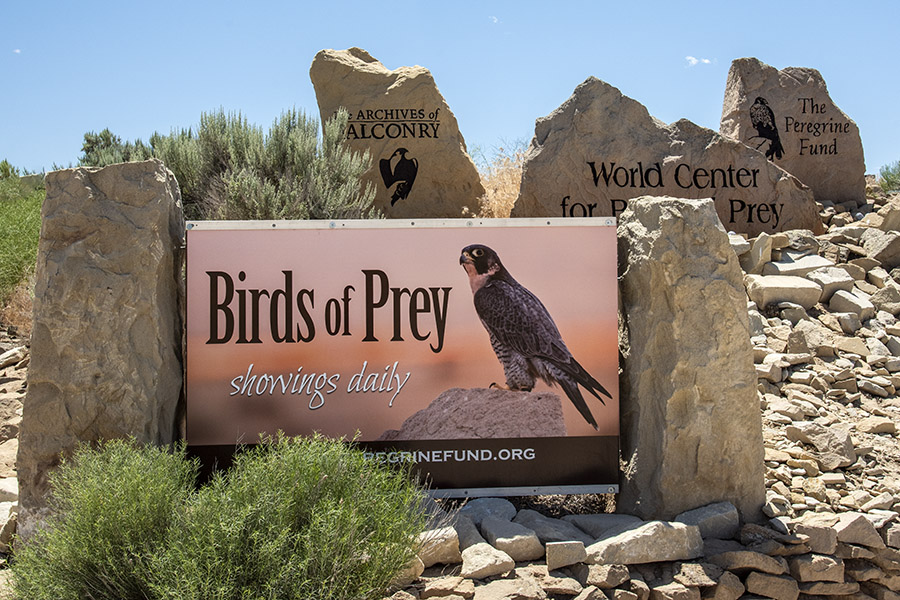
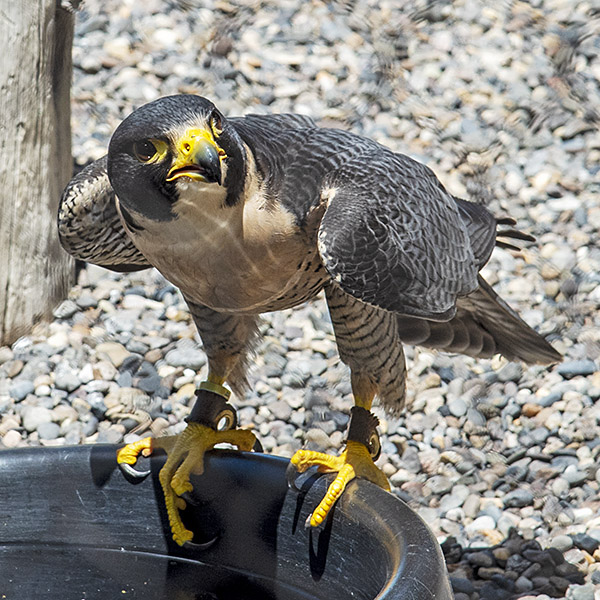
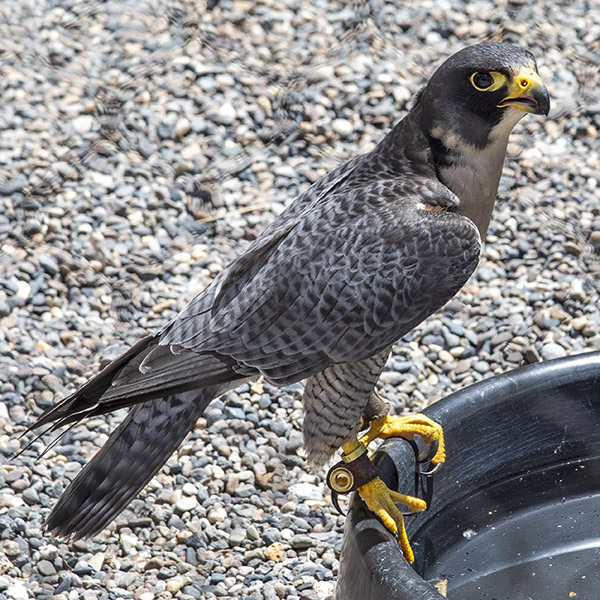
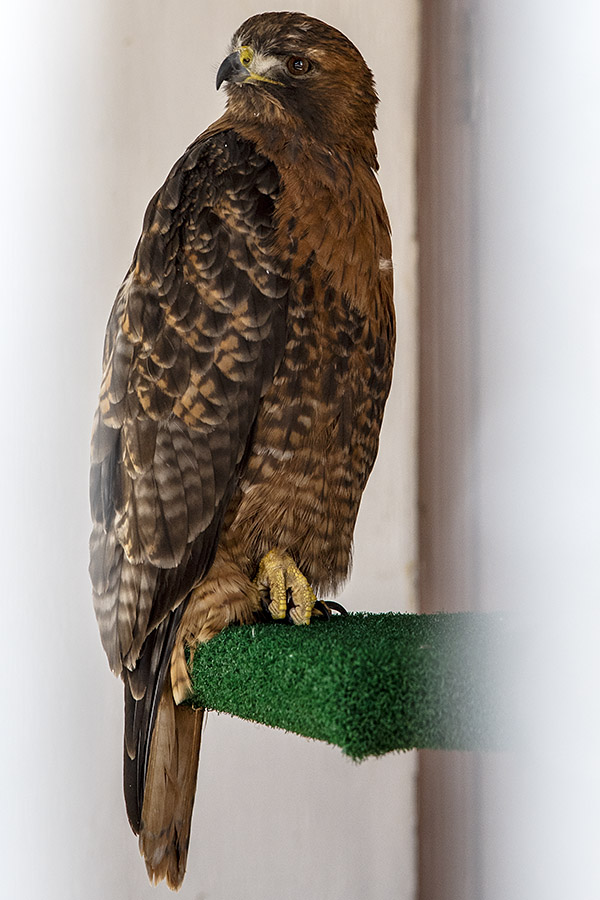
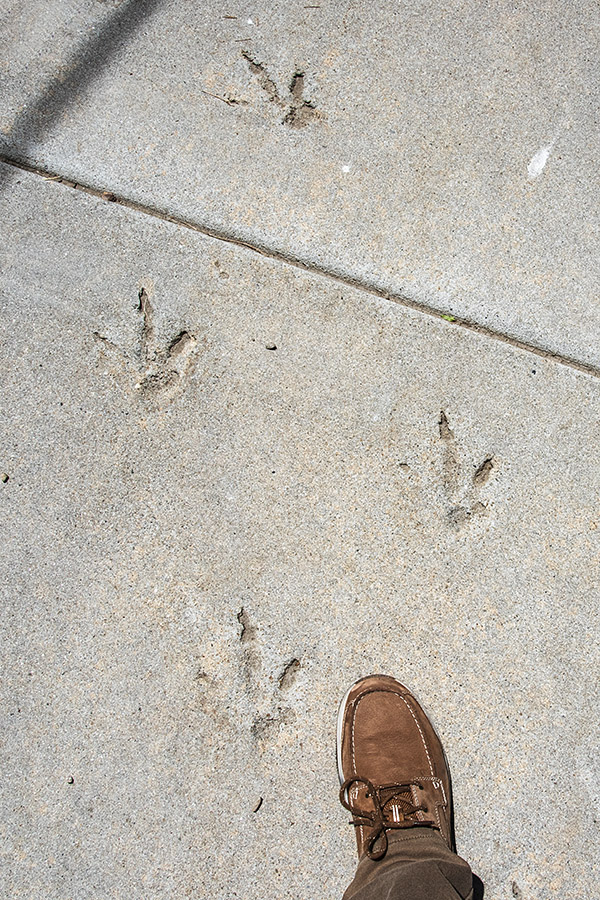

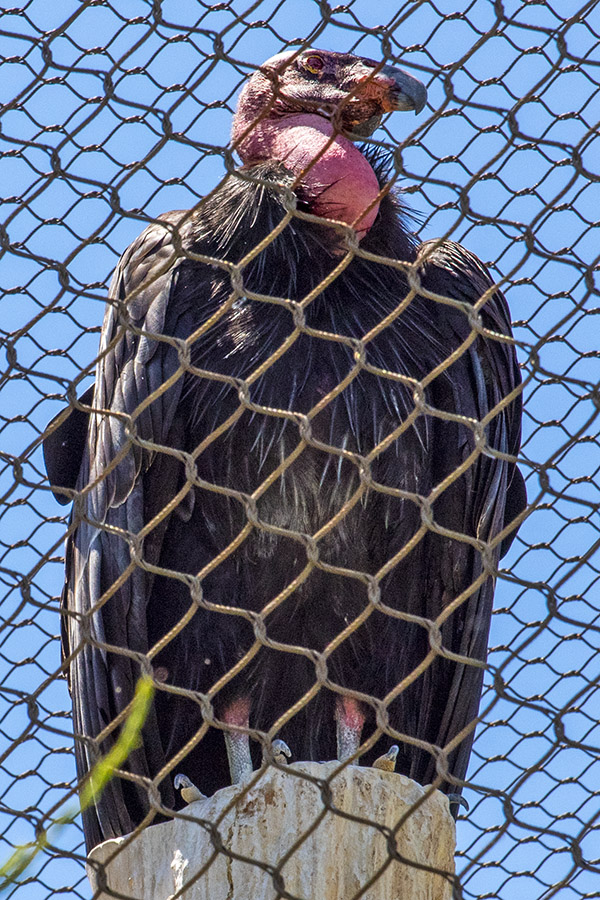
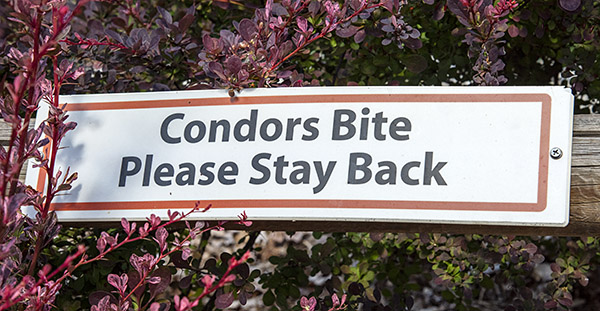
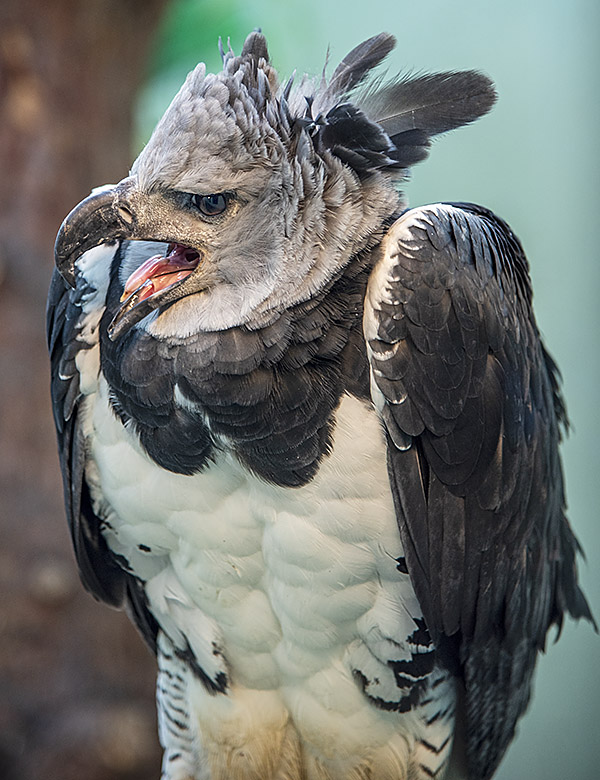
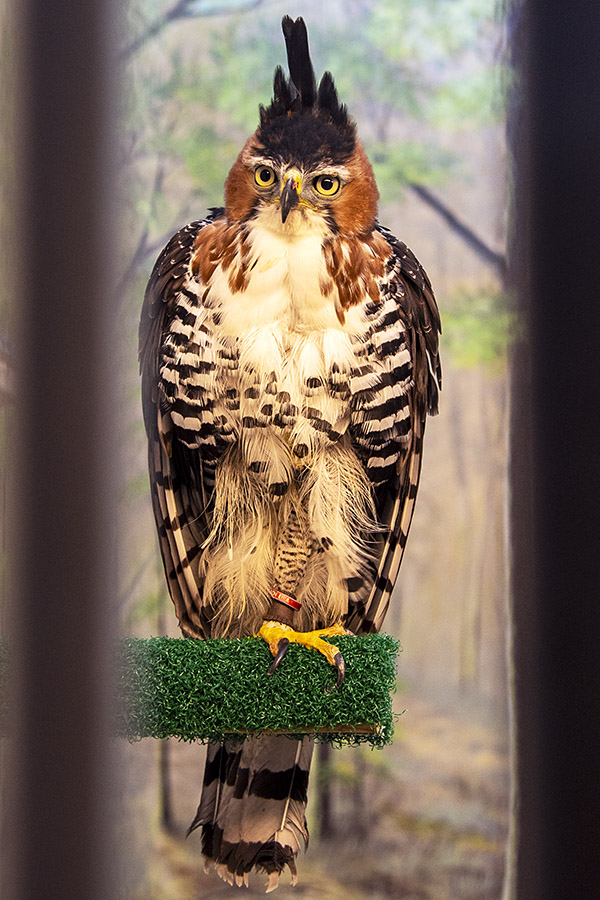
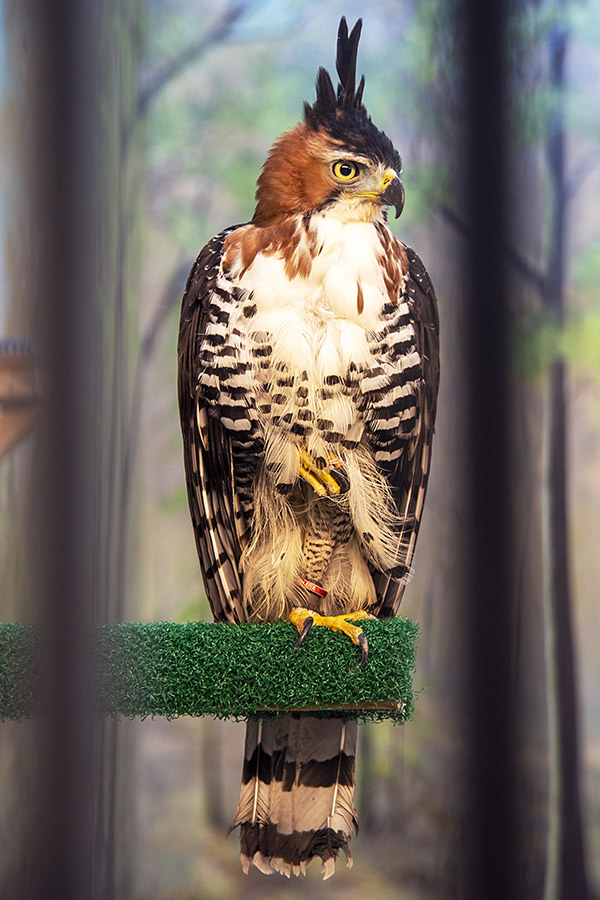

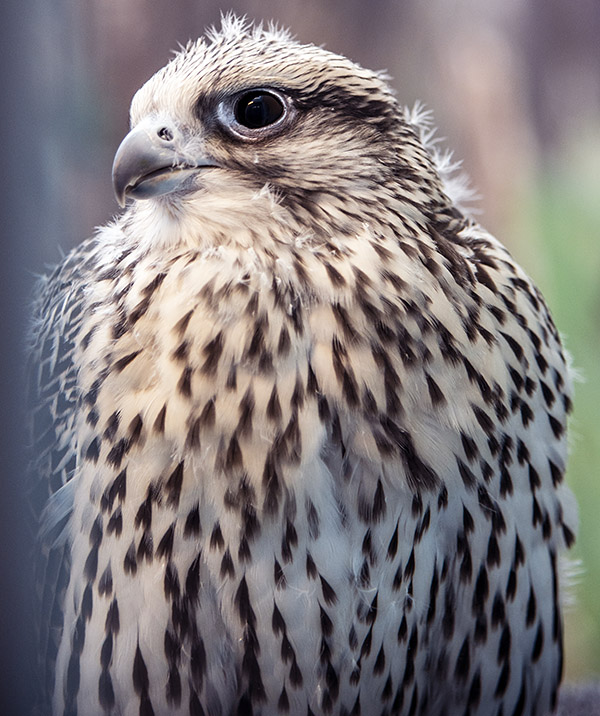
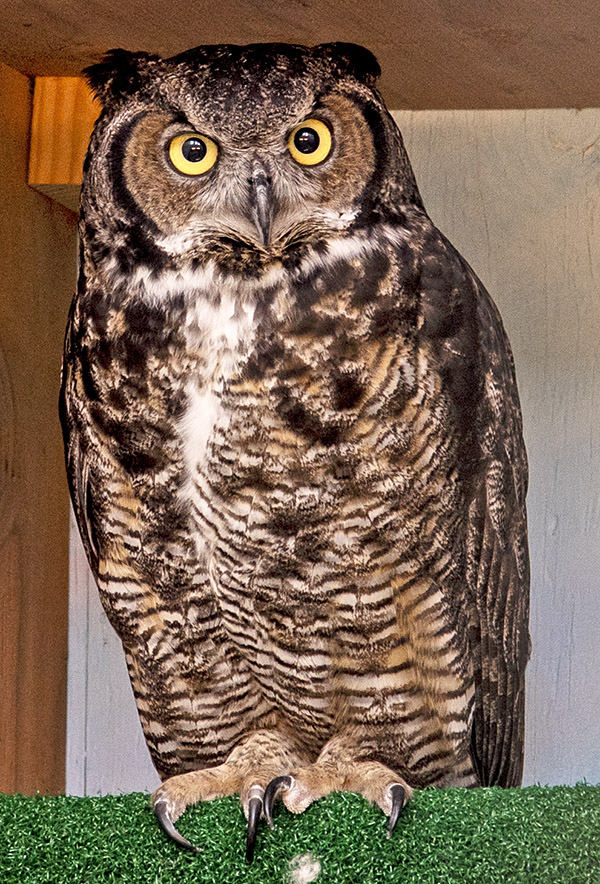
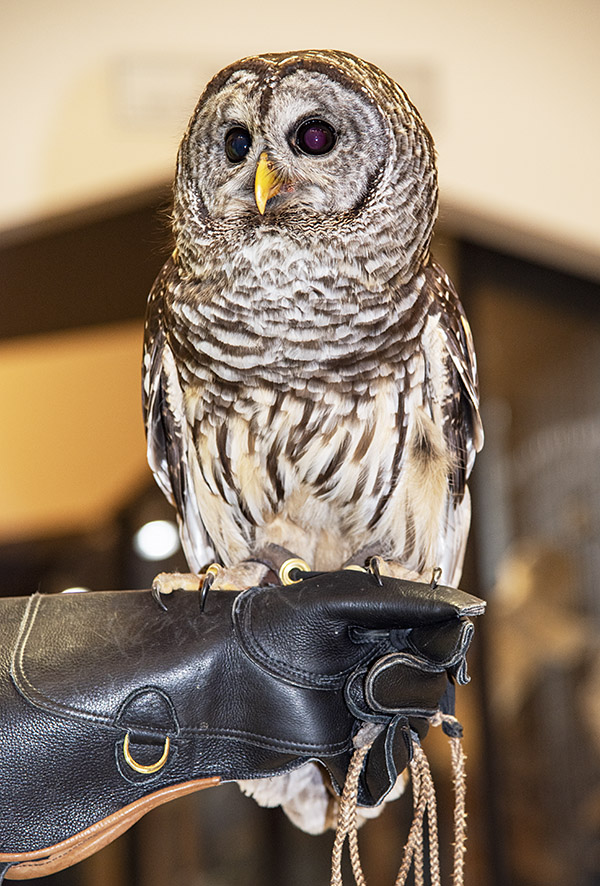

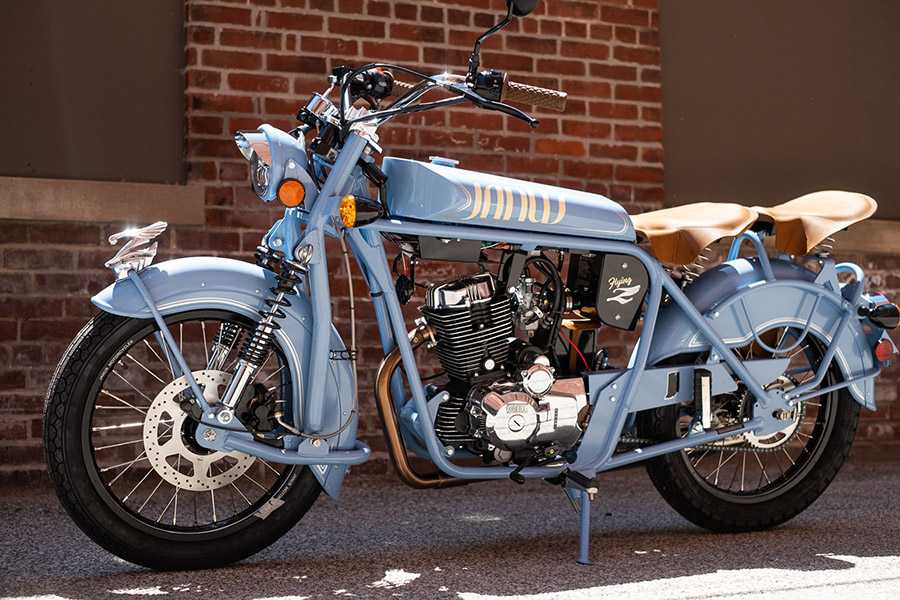
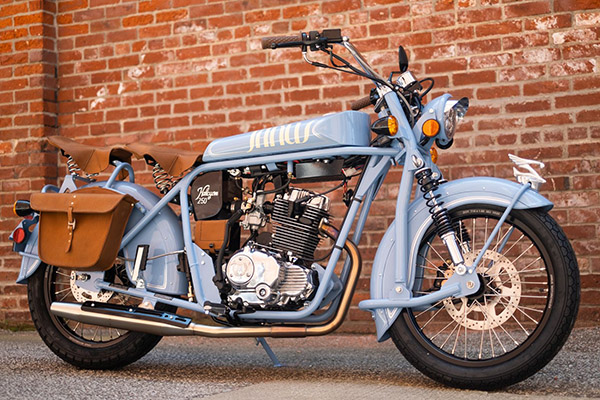

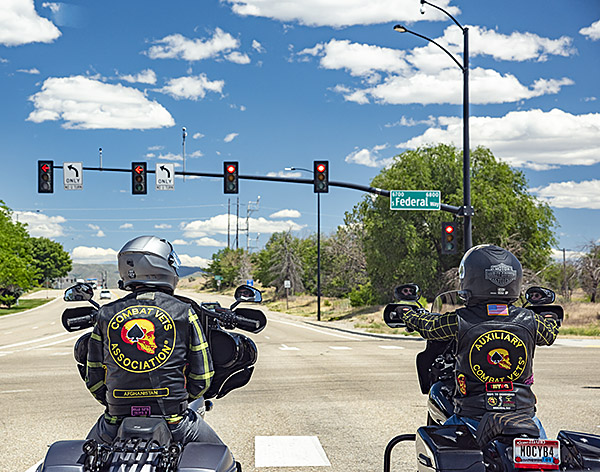
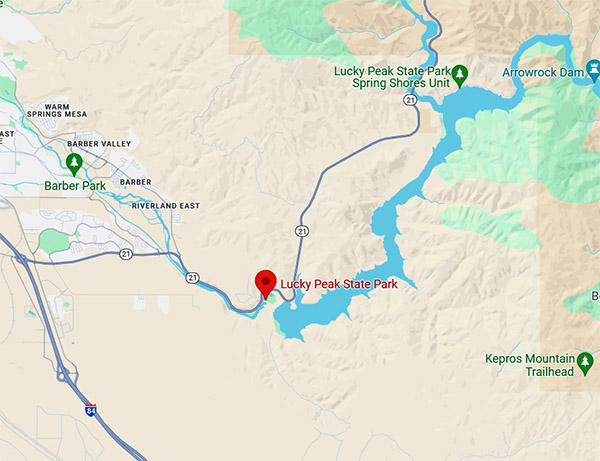
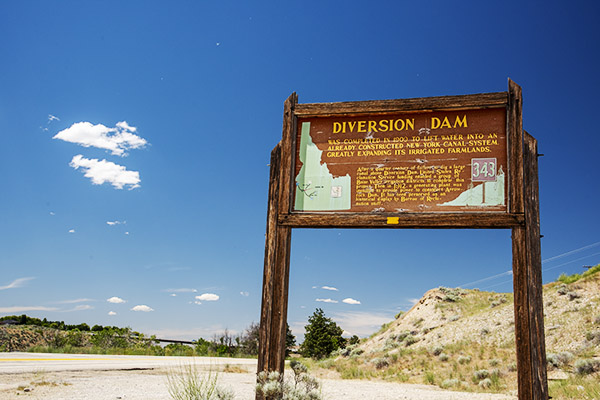
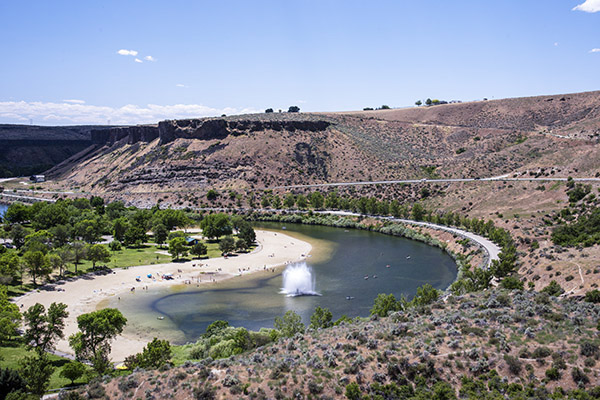
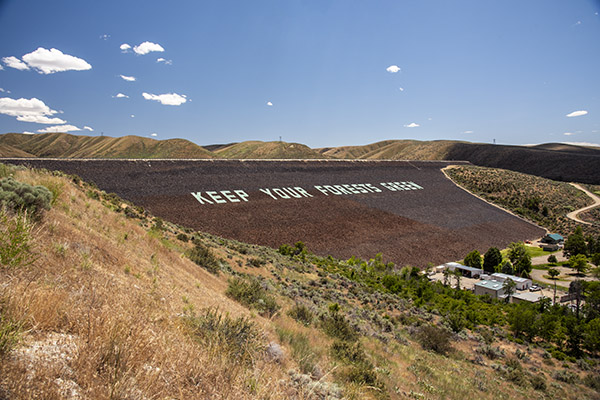
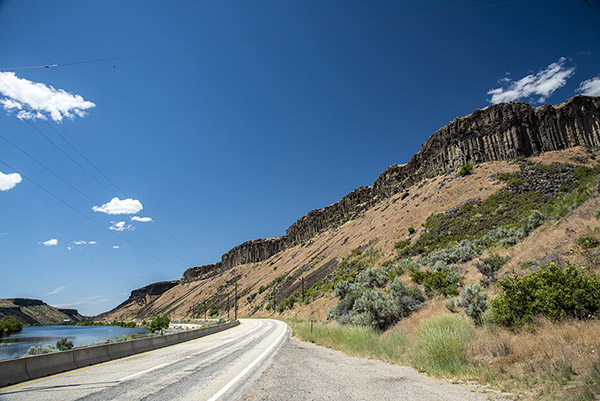
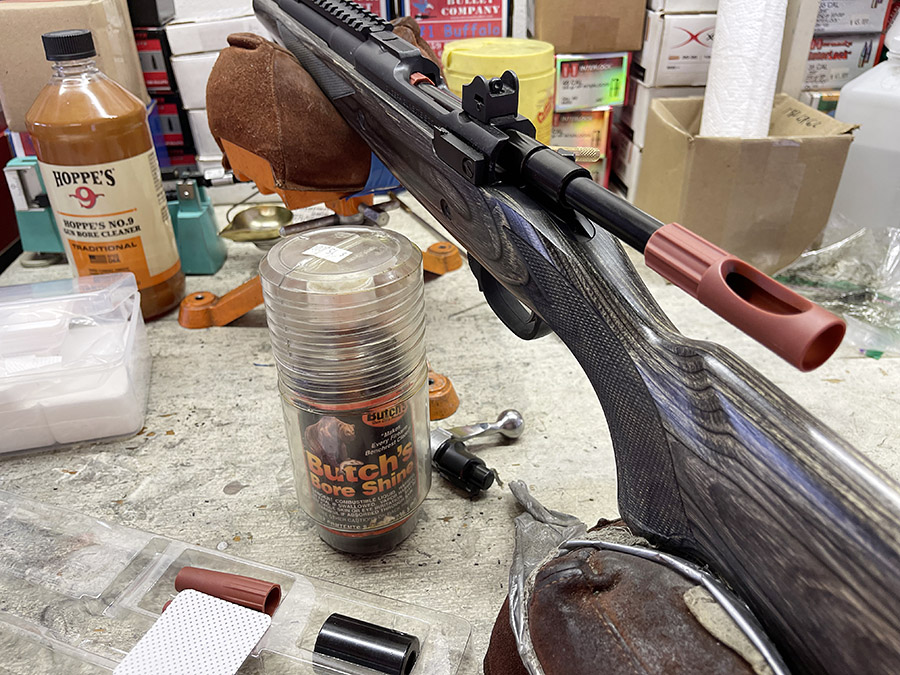

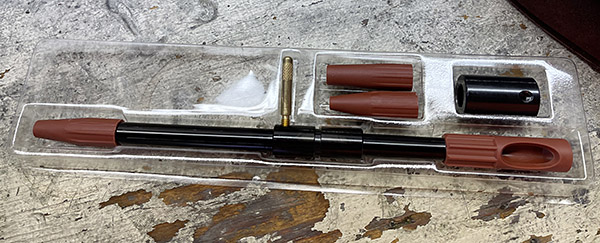

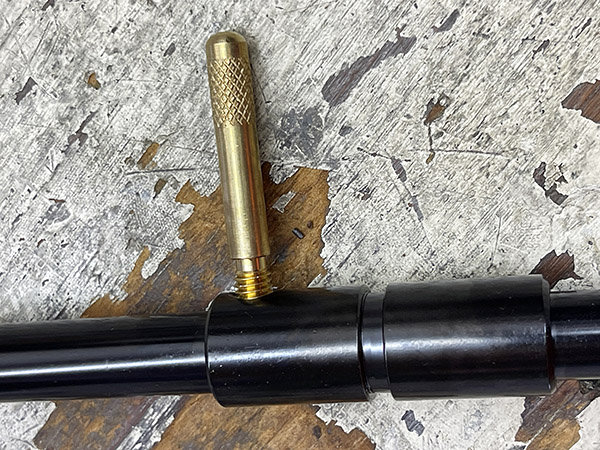

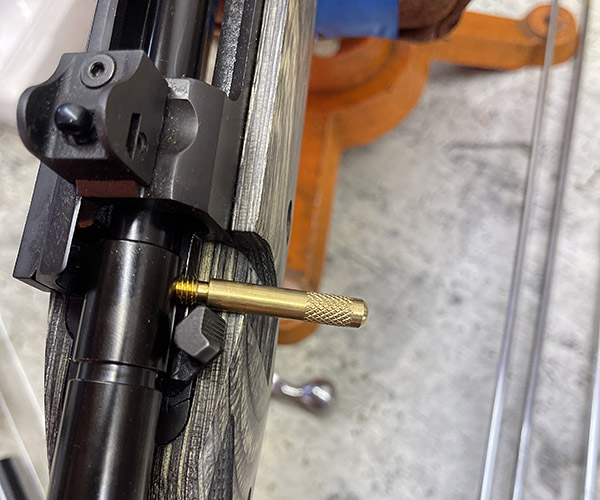

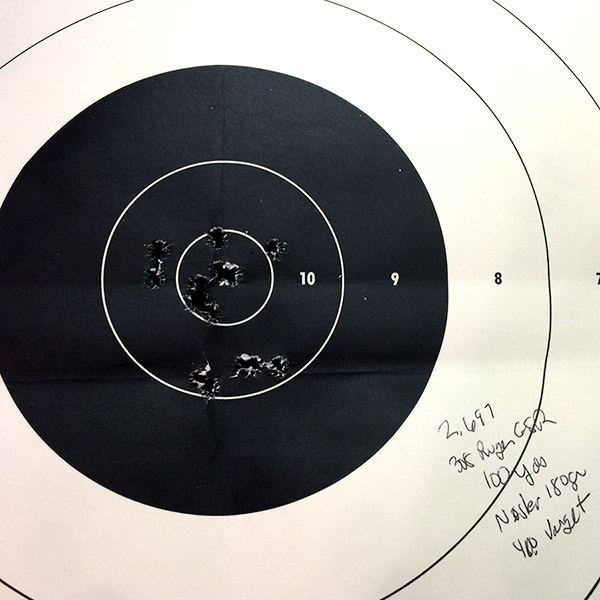
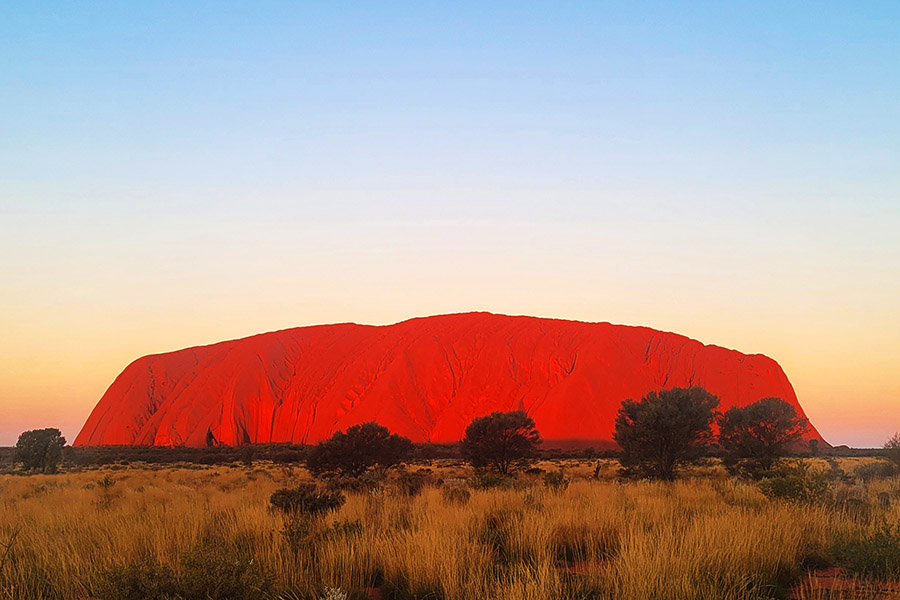
 My original plan was to circle the entire continent of Australia in a month. That was NOT happening so Ayers Rock (Uluru) was a solid turnaround point. Mind you to even complete this took me one month. The isolation was beyond what I had expected. I knew going into this that isolation would be the greatest challenge, but what I didn’t grasp was how far I would be pushed mentally during this journey.
My original plan was to circle the entire continent of Australia in a month. That was NOT happening so Ayers Rock (Uluru) was a solid turnaround point. Mind you to even complete this took me one month. The isolation was beyond what I had expected. I knew going into this that isolation would be the greatest challenge, but what I didn’t grasp was how far I would be pushed mentally during this journey.
